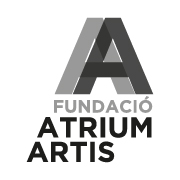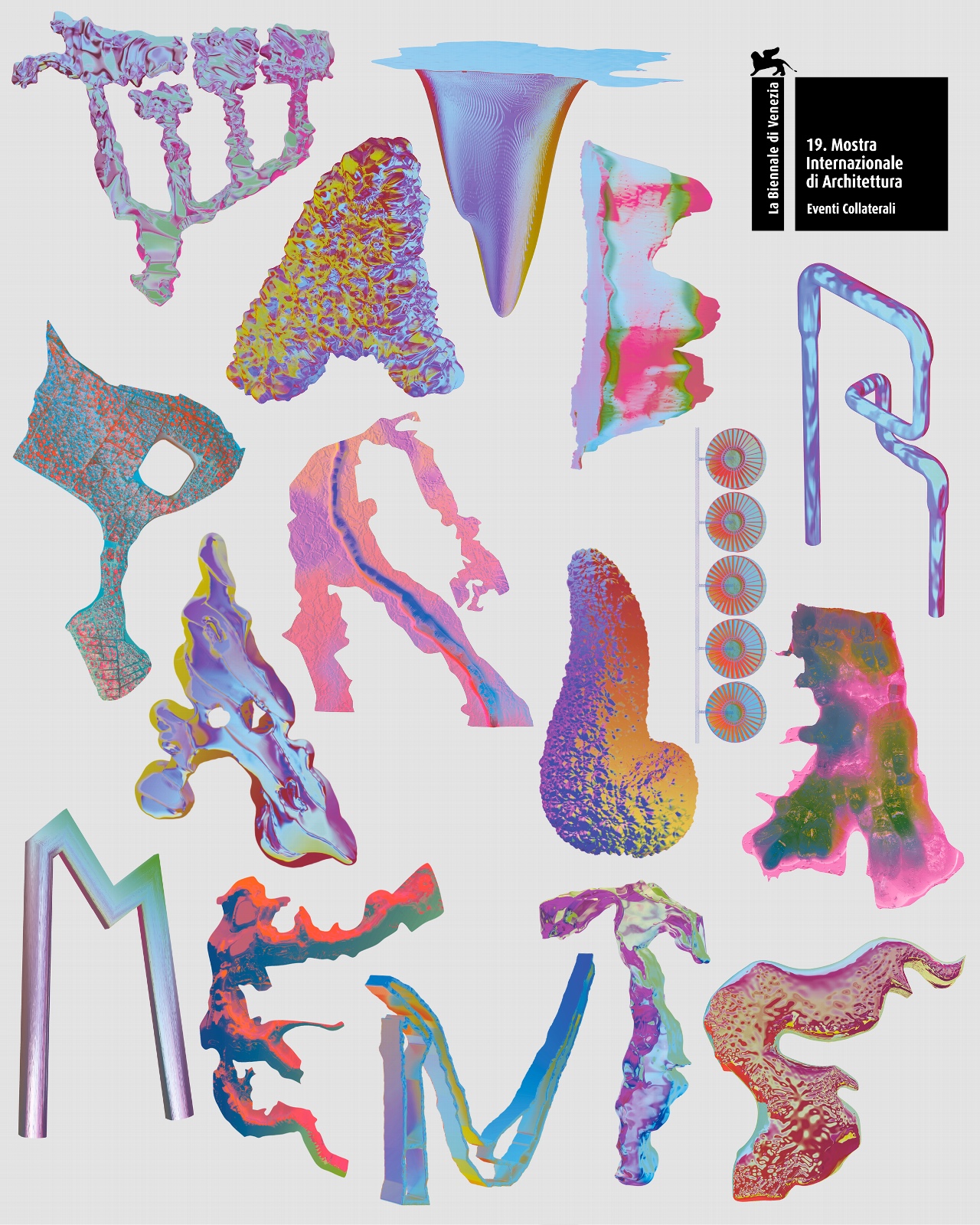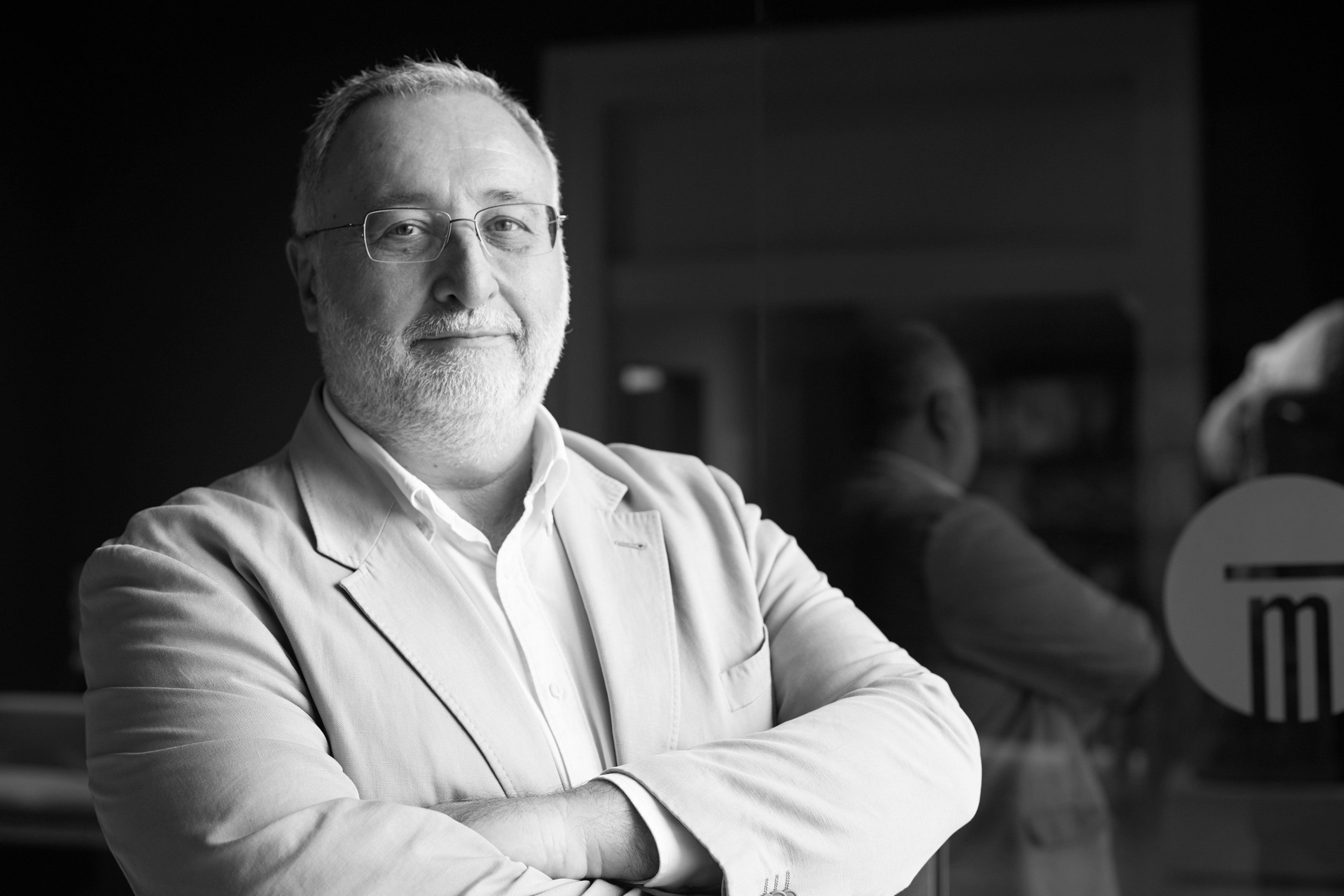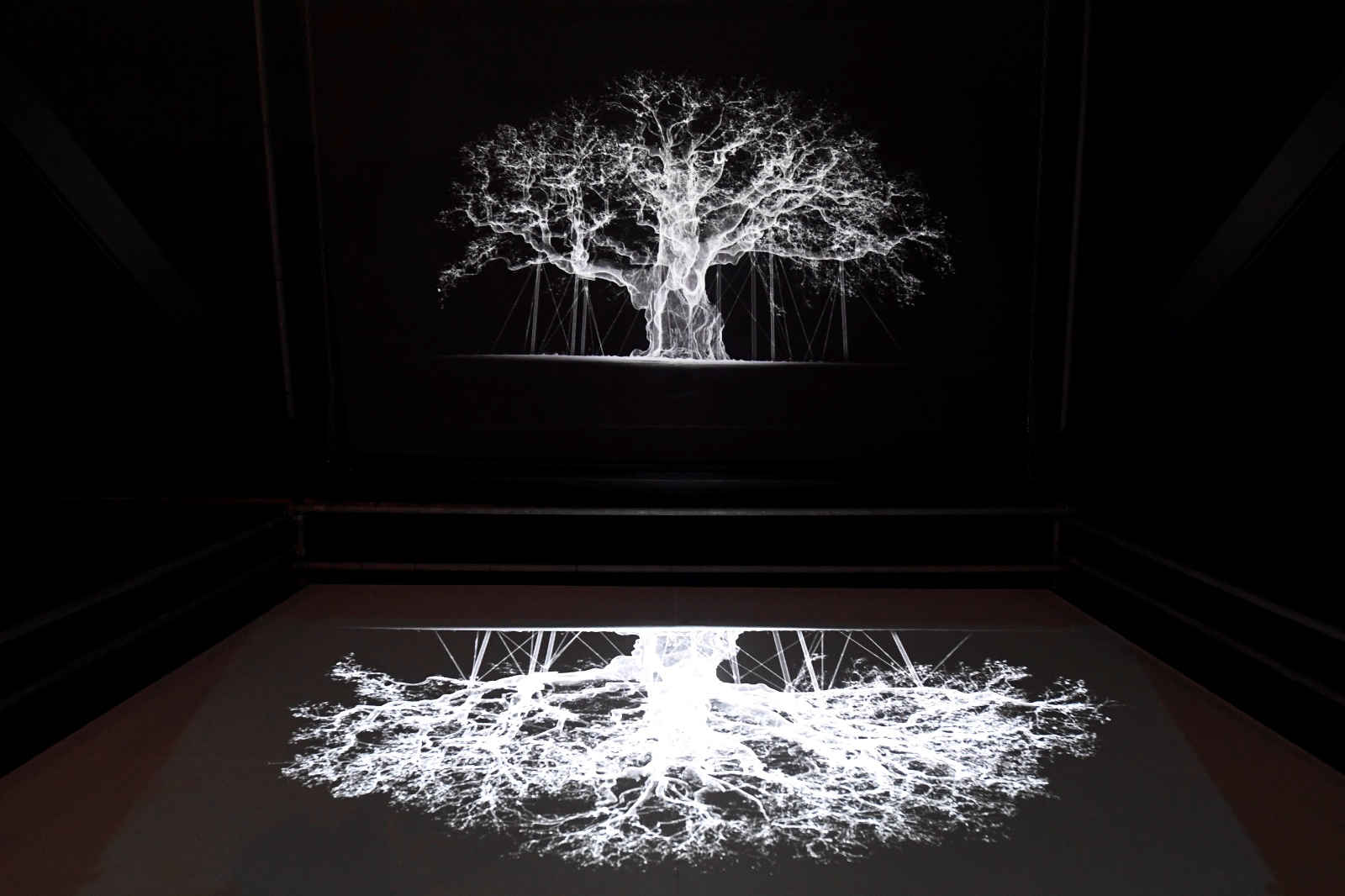Exhibitions
Louise Bourgeois: the soul of the matter at the Carthusian Monastery
An installation by the artist transforms the CAAC Refectory in Seville into a space of dialogue between memory and historical architecture.
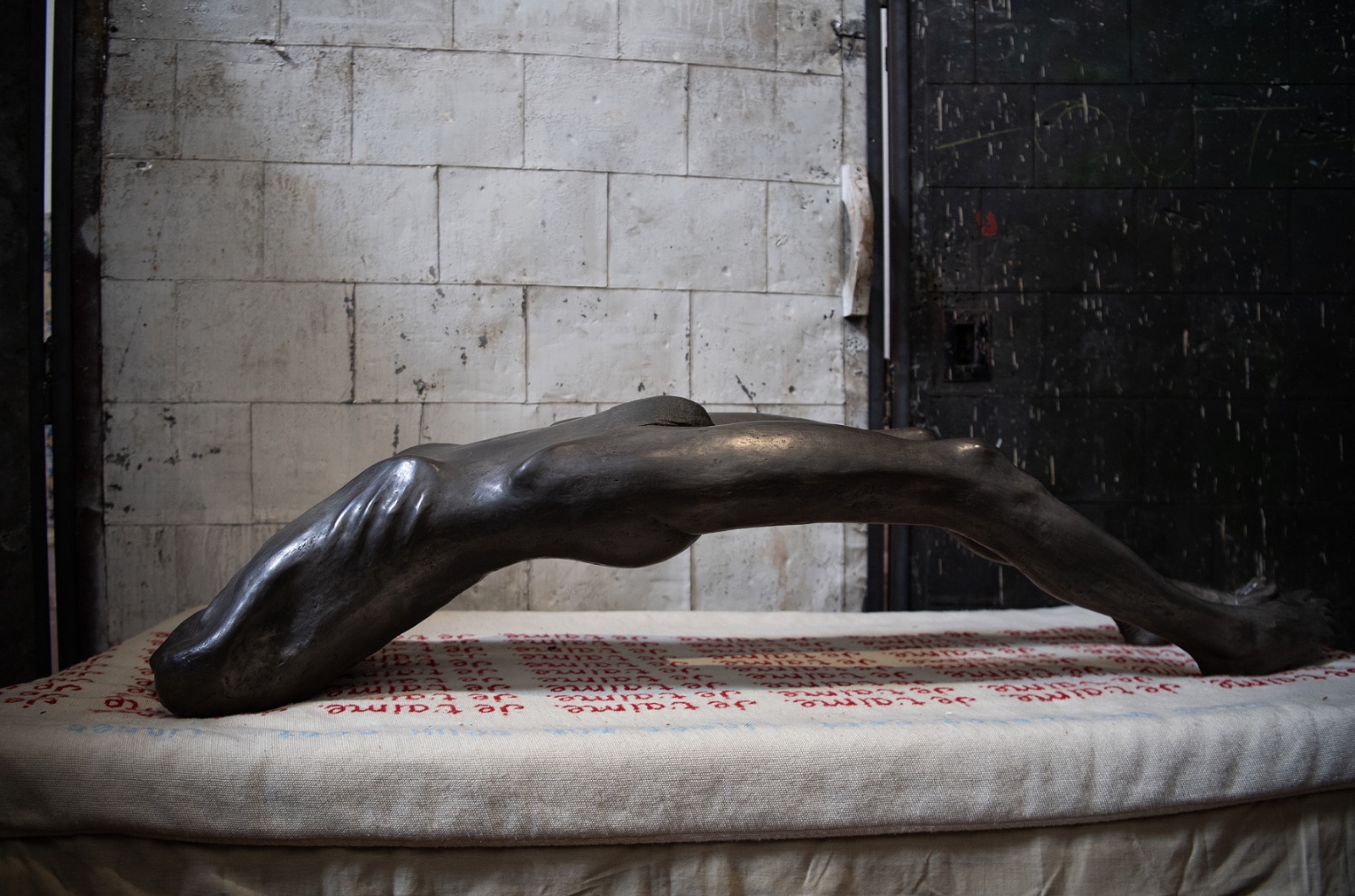
Louise Bourgeois (Paris, 1911- New York, 2010) is installed in the Refectory of the Andalusian Center for Contemporary Art (CAAC) with one of her most representative works. In this space, full of history, she presents Cell (Arch of Hysteria), an installation that connects directly with the essence of the place, bringing contemporary art into dialogue with ancient architecture.
The proposal, which has been curated by Bosco Gallardo and can be visited until November 16, is an installation of great visual and material strength, created between 1992 and 1993 and is part of the series of cells that Bourgeois developed during her career. The work is built with ten industrial steel doors arranged in a spiral, forming an enclosed space that houses a human bronze figure, arched and decapitated, on a metal bed, accompanied by a chainsaw. The materials used - steel, bronze, wood and cast iron - contribute to reinforcing the symbolic charge of the piece.
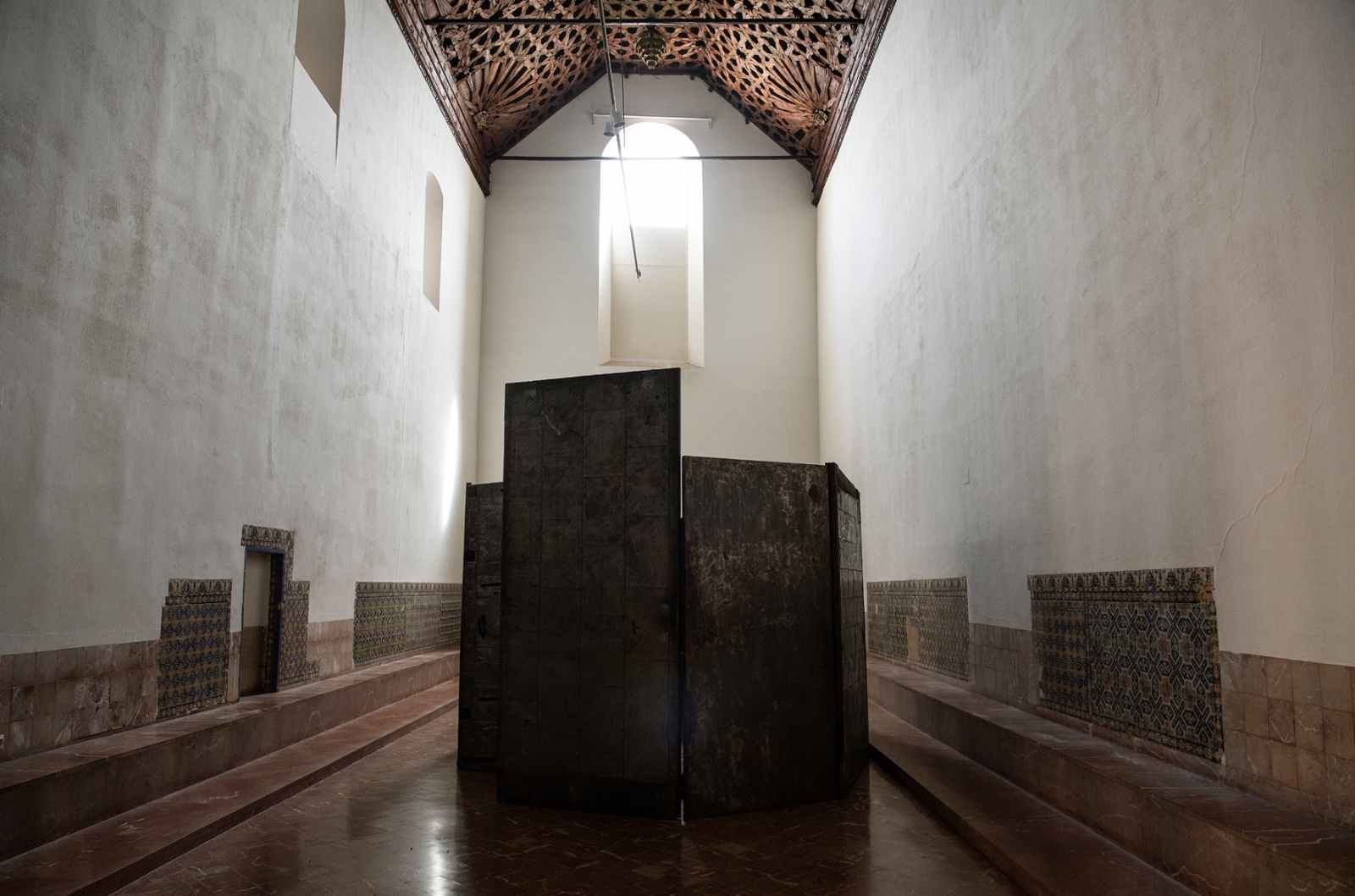 Cell (Arch of Hysteria) al CAAC ©Cristina Quicler. Cortesia del CAAC
Cell (Arch of Hysteria) al CAAC ©Cristina Quicler. Cortesia del CAAC
Cell (Arch of Hysteria) delves into the relationship between space and emotion, turning the enclosed environment into a mirror of the inner world. As the artist herself explained, her work is nourished by childhood experiences, full of magic, mystery and drama. This intimate look turns each element of the installation into a vehicle to express what often remains hidden. Since entering the collection in 1998, the piece has traveled to institutions such as the Reina Sofía Museum in Madrid, the Lambert Collection in Avignon or the CGAC in Santiago de Compostela, consolidating itself as a key piece within the international artistic panorama that is preserved in public collections in the State.
 Cell (Arch of Hysteria) al CAAC ©Cristina Quicler. Cortesia del CAAC
Cell (Arch of Hysteria) al CAAC ©Cristina Quicler. Cortesia del CAAC
The Monastery Refectory, built in the 16th century and crowned with a wooden coffered ceiling from 1588, is the work of Diego Cerezo and Lucas de Cárdenas . After its restoration, carried out between 1971 and 1978 by Rafael Manzano , the space has been adapted for exhibition purposes, reaffirming the CAAC's desire to use historical heritage to offer new readings of the artistic present. In this vein, the initiative is part of the CAAC's project to establish a dialogue between its permanent collection and the various spaces of the monumental complex. This strategy aims to enrich the perception of both the works and the heritage itself, generating new forms of approach and understanding between the past and the present.
[filecd74]



